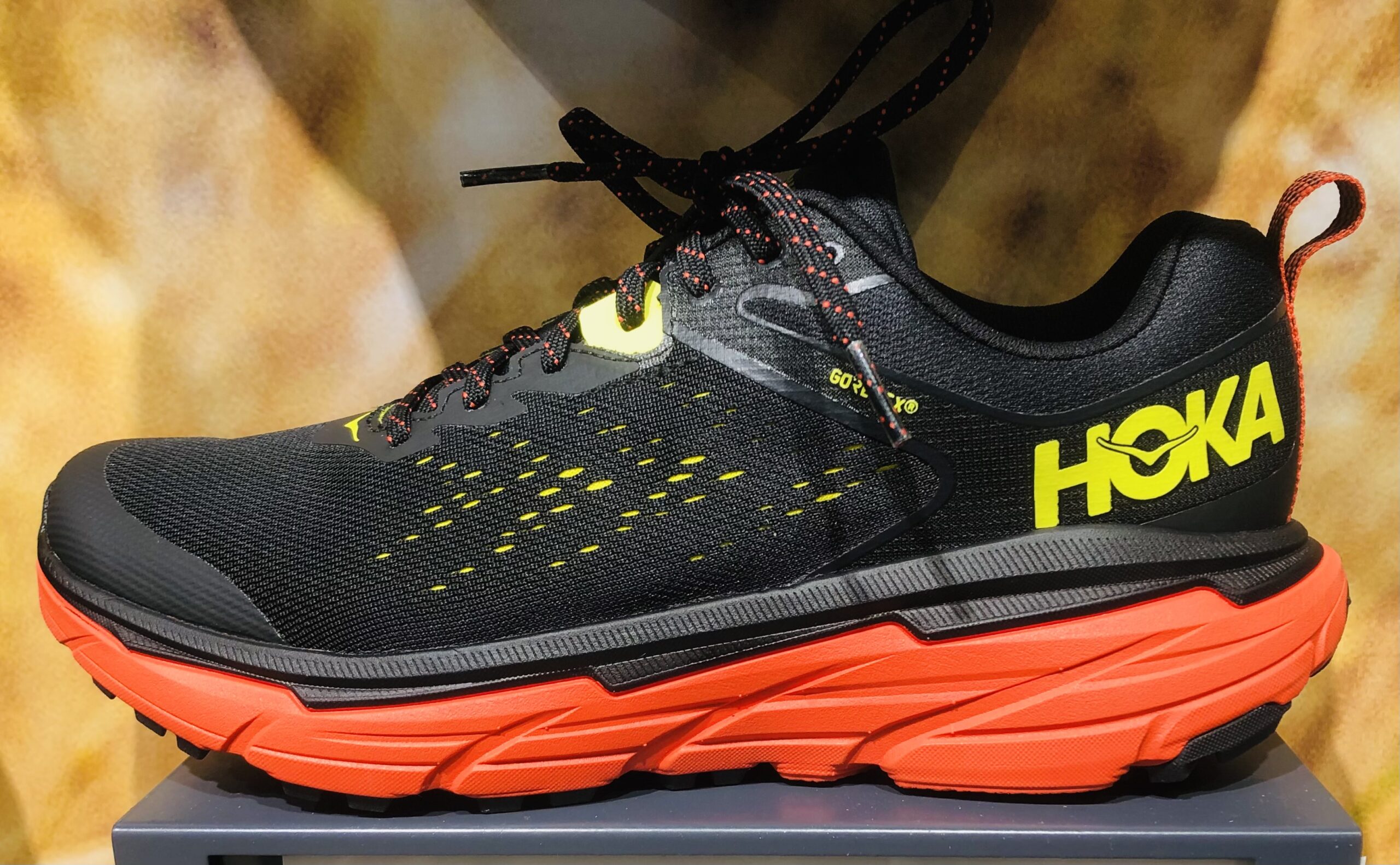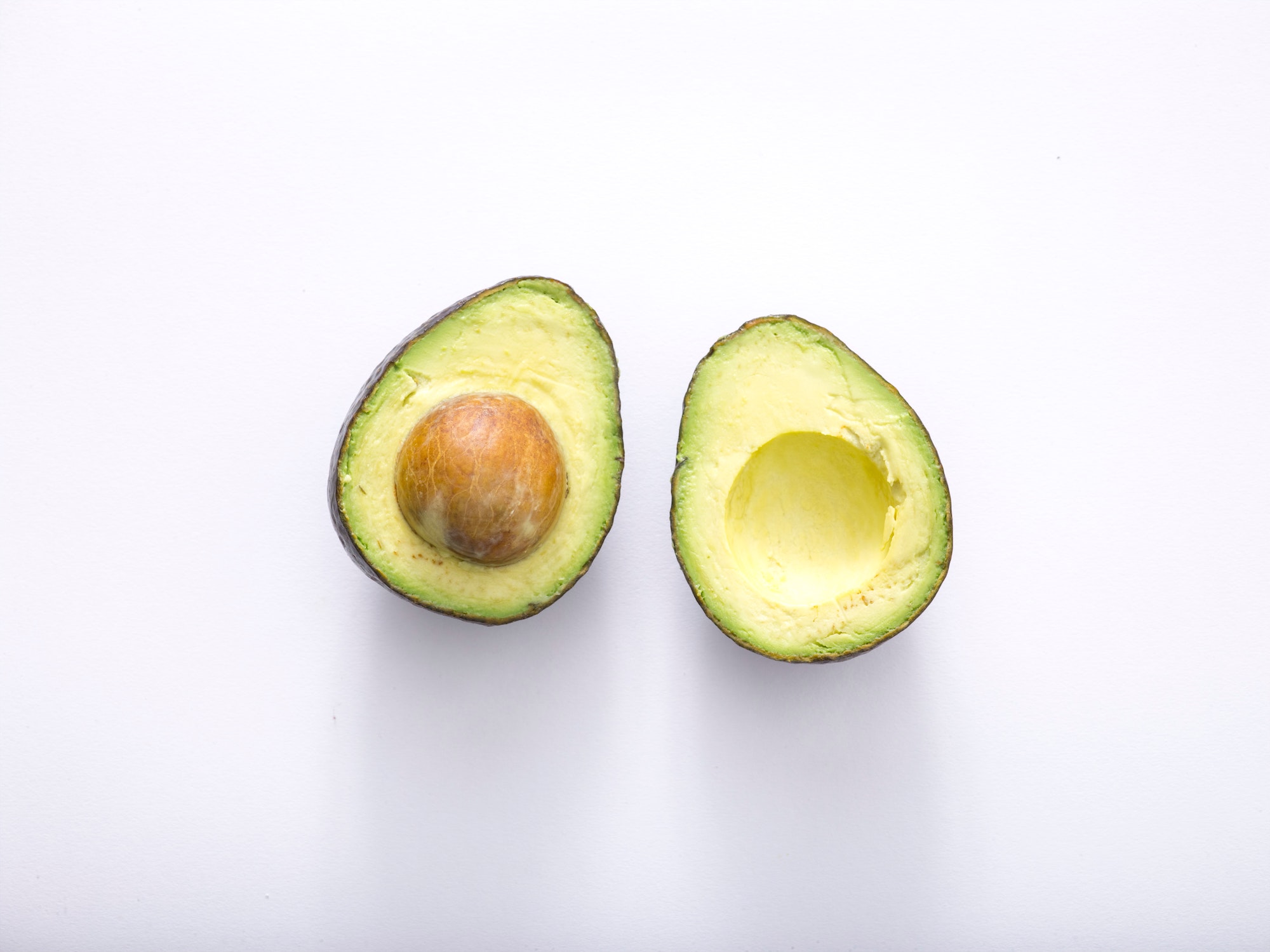Hoka One One, often referred to simply as Hoka, is a brand known for its innovative approach to running shoe design. Founded in 2009 by Nicolas Mermoud and Jean-Luc Diard, former Salomon employees, Hoka aimed to create shoes that offered enhanced cushioning and support without compromising on weight. The brand quickly gained popularity among trail runners and ultra-marathoners for its distinctive maximalist shoe design.
Top Picks
- Hoka One One
- Womens Shoes
- Running Shoes
- Black/White
- Synthetic
Key Technologies
Hoka running shoes are characterized by several key technologies that set them apart in the market:
- Meta-Rocker Technology: This feature is central to Hoka’s design philosophy. The Meta-Rocker midsole geometry is engineered to promote a smooth and natural gait cycle, encouraging a more efficient stride from heel strike to toe-off.
- Profly Midsole: Hoka uses Profly foam in their midsoles, which combines soft cushioning in the heel for impact absorption and firmer cushioning in the forefoot for propulsion. This dual-density approach aims to provide a balance between comfort and responsiveness.
- Active Foot Frame: The Active Foot Frame construction cradles the foot rather than just sitting on top of it. This design helps the shoe adapt and support a wide range of foot shapes and running styles.
- J-Frame Technology: Found in some models, the J-Frame construction offers additional support and stability around the foot without excessive weight.
What makes Hoka running shoes different from other brands?
Hoka running shoes are known for their maximalist design, which features oversized midsoles with substantial cushioning. This design aims to provide enhanced shock absorption and comfort without adding excessive weight.
How does Hoka’s Meta-Rocker technology benefit runners?
Meta-Rocker technology in Hoka shoes promotes a smooth and efficient gait cycle by shaping the midsole with a low heel-to-toe drop and a sculpted outsole. This design encourages a rolling motion from heel strike to toe-off, reducing stress on joints and improving running efficiency.
Which Hoka model is best for long-distance running?
The Hoka Bondi series is popular among long-distance runners for its maximum cushioning and comfort. It helps absorb impact over extended distances, making it suitable for marathons and ultra-marathons.
Are Hoka shoes suitable for trail running?
Yes, Hoka offers several models designed specifically for trail running, such as the Speedgoat series and the Challenger series. These shoes feature aggressive outsoles for traction and durable uppers to withstand rugged terrain.
What is the typical lifespan of a pair of Hoka running shoes?
The lifespan of Hoka shoes can vary depending on factors like mileage, running style, and terrain. On average, runners may expect to replace their Hoka shoes after 300-500 miles of use.
Do Hoka shoes require a break-in period?
Hoka shoes are generally designed to be comfortable out of the box. While some runners may prefer a short break-in period to adjust to the unique feel of maximalist cushioning, many find them comfortable from the first run.
How do Hoka shoes perform on different surfaces?
Hoka offers models tailored for various surfaces. Road running shoes like the Clifton series excel on pavement, while trail running shoes like the Speedgoat series provide grip and stability on uneven terrain.
What are the benefits of Hoka’s Profly midsole?
Hoka’s Profly midsole combines soft cushioning in the heel for impact absorption with firmer cushioning in the forefoot for propulsion. This dual-density design aims to provide a balance of comfort and responsiveness, enhancing the running experience.
Are Hoka shoes suitable for runners with wide feet?
Hoka offers some models with wider options to accommodate different foot shapes. Runners with wide feet may find certain Hoka models comfortable, but it’s advisable to try them on or check for specific wide-width options.
How does Hoka ensure stability in its shoes?
Hoka incorporates stability features in some models, such as the J-Frame technology found in certain shoes. This construction provides additional support around the foot without compromising on the shoe’s lightweight design.
Can Hoka shoes help with running injuries?
While individual experiences may vary, some runners appreciate the cushioning and support provided by Hoka shoes, which may contribute to reduced impact on joints and potentially aid in injury prevention. It’s essential to choose shoes that fit well and suit your running style.
Are Hoka shoes suitable for speed training?
Yes, Hoka offers models like the Rincon series designed for faster training sessions and tempo runs. These shoes feature lightweight construction and responsive cushioning to support speed and agility.
How does Hoka ensure durability in its shoes?
Hoka uses durable materials in the construction of its shoes, including robust outsoles and reinforced uppers in trail-specific models. Regular care and proper rotation of shoes can also help extend their lifespan.
What sustainability initiatives does Hoka undertake?
Hoka is committed to sustainability and has initiatives aimed at reducing environmental impact. This includes using recycled materials in shoe production and exploring eco-friendly manufacturing processes.
How does Hoka involve athletes in the development of its shoes?
Hoka collaborates with athletes, including professional runners and trail athletes, to gather feedback and insights during the development of new shoe models. This athlete-centric approach helps ensure that shoes meet the demands of elite and recreational runners alike.
Are Hoka shoes suitable for runners transitioning from minimalist shoes?
Transitioning from minimalist to maximalist shoes like Hoka can be a significant change. It’s advisable for runners to gradually adjust to the increased cushioning and support to avoid potential discomfort or injury.
What are some notable awards or recognitions received by Hoka shoes?
Hoka shoes have received recognition from various running and outdoor sports publications for their innovative design and performance. Awards often highlight features like cushioning, comfort, and suitability for different types of runners.
How has Hoka contributed to the evolution of running shoe design?
Hoka’s maximalist shoe design challenged traditional running shoe concepts by emphasizing cushioning and comfort without sacrificing performance. This approach has influenced the industry’s focus on enhancing runner experience through advanced materials and technologies.
How does Hoka support the running community beyond shoe production?
Hoka sponsors events, teams, and athletes across different running disciplines, contributing to the growth and promotion of running as a sport. Their involvement extends to initiatives that support diversity, inclusion, and community engagement.
What are some future trends or innovations expected from Hoka?
Looking forward, Hoka continues to innovate with new materials, sustainable practices, and advancements in shoe technology. Future trends may include further improvements in energy return, lightweight materials, and customization options to meet the evolving needs of runners.
Popular Hoka Models
Hoka has a wide range of running shoes catering to different types of runners and terrains. Here are some of their popular models:
- Hoka Clifton Series: Known for its lightweight cushioning and versatility, the Clifton series is popular among road runners, offering a balance of comfort and speed.
- Hoka Bondi Series: The Bondi series is Hoka’s flagship maximalist shoe, providing maximum cushioning for long-distance running and comfort on hard surfaces.
- Hoka Speedgoat Series: Developed in collaboration with ultra-runner Karl Meltzer, the Speedgoat series is designed for trail running, featuring aggressive outsoles and durable uppers for tackling challenging terrain.
- Hoka Rincon: A lightweight and responsive shoe ideal for tempo runs and faster training sessions, known for its excellent cushioning-to-weight ratio.
- Hoka Challenger Series: Versatile trail shoes that offer cushioning and stability, suitable for a variety of trail conditions.
User Reviews and Feedback
User feedback on Hoka running shoes generally highlights several consistent themes:
- Comfort: Many users appreciate the plush cushioning and comfort provided by Hoka shoes, especially on longer runs or rough terrain.
- Performance: Runners often report improved performance due to the shoes’ lightweight design and responsive midsole.
- Durability: While opinions vary, some users mention concerns about the durability of certain models, particularly in high-wear areas like the outsole or upper.
Innovations and Future Trends
Looking ahead, Hoka continues to innovate with new materials and designs aimed at improving performance and sustainability. The brand’s commitment to developing environmentally friendly products and reducing its carbon footprint is evident in their ongoing research and development efforts.
Design Philosophy
Hoka: Hoka is renowned for its maximalist design philosophy, characterized by oversized midsoles that provide generous cushioning. The brand’s goal is to offer maximal comfort and shock absorption without compromising on performance or weight. This design philosophy originated from the founders’ belief that more cushioning could reduce impact forces and improve running efficiency, especially over long distances.
Other Brands (e.g., Nike, Adidas, Brooks): Other major brands like Nike, Adidas, and Brooks employ diverse design philosophies that often include minimalist, neutral, stability, and maximalist options. Each brand focuses on differentiating itself through unique technologies, materials, and aesthetic choices. Nike, for instance, emphasizes innovation and performance-driven designs, while Adidas combines technology with style and sustainability. Brooks, known for its focus on biomechanics, offers a range of shoes catering to various running styles and needs.
Technological Innovations
Hoka: Hoka’s technological innovations center around enhancing cushioning, stability, and efficiency. Key technologies include Meta-Rocker, which promotes a smooth transition from heel strike to toe-off, and Profly midsole foam, which provides a balance of soft cushioning and responsive propulsion. These technologies are integrated into models like the Clifton, Bondi, and Speedgoat series, catering to different types of runners and terrains.
Other Brands: Other brands also invest heavily in technological advancements. Nike, for example, introduced Flyknit technology for lightweight and seamless uppers, along with Zoom Air and React foam for responsive cushioning. Adidas has developed Boost foam for energy return and Ultraboost technology for comfort. Brooks utilizes DNA AMP and BioMoGo DNA for adaptive cushioning and energy return, tailored to runners’ individual needs.
Performance Characteristics
Hoka: Hoka shoes are known for their excellent cushioning and shock absorption, making them popular among long-distance runners and those prone to joint issues. The maximalist design provides a plush feel that can reduce fatigue during extended runs. However, some models may feel bulky to runners accustomed to lighter shoes, and there’s a focus on comfort over traditional speed-oriented metrics.
Other Brands: Performance characteristics vary widely across brands and models. Nike’s shoes often emphasize lightweight responsiveness and speed, appealing to competitive runners and athletes. Adidas balances performance with style and comfort, offering options for both casual runners and performance-driven athletes. Brooks focuses on biomechanical precision and comfort, aiming to prevent injuries and improve running efficiency through tailored designs.
Target Audience
Hoka: Hoka primarily targets runners seeking maximum comfort and cushioning, particularly for long-distance training and racing. The brand appeals to runners who prioritize joint protection and comfort over minimalism or lightweight designs. Hoka’s shoes are favored by ultra-runners, trail runners, and anyone looking for supportive footwear for extended periods of running.
Other Brands: Other brands cater to a broader spectrum of runners. Nike appeals to athletes across various sports, including running, training, and basketball, with a focus on performance and innovation. Adidas targets a wide demographic, from casual runners to professional athletes, with offerings in running, soccer, and lifestyle footwear. Brooks focuses on runners looking for biomechanical solutions and performance-enhancing technologies.
Market Positioning
Hoka: Hoka has positioned itself as a leader in the maximalist shoe category, appealing to runners who prioritize cushioning and comfort. The brand has gained a loyal following among trail runners and ultra-marathoners for its durable and supportive footwear. Hoka’s unique design approach has differentiated it from traditional running shoe brands and contributed to its growing market share.
Other Brands: Other leading brands like Nike, Adidas, and Brooks compete across multiple segments of the running shoe market. Nike maintains a dominant position in performance running and athletic footwear, with a focus on innovation and endorsement by top athletes. Adidas balances performance with lifestyle appeal, leveraging heritage and sustainability efforts to attract a diverse customer base. Brooks continues to innovate in biomechanics and personalized fit, serving dedicated runners and athletes worldwide.
User Feedback and Reviews
Hoka: User feedback on Hoka shoes often highlights the exceptional comfort and cushioning provided by the maximalist design. Many runners appreciate the plush feel and impact reduction, especially during longer runs or on challenging terrain. However, some users find certain models too bulky or lacking in responsiveness compared to lighter options from other brands.
Other Brands: User reviews for other brands like Nike, Adidas, and Brooks reflect diverse preferences and experiences. Nike’s shoes receive praise for lightweight responsiveness and sleek designs, ideal for speed-focused training and racing. Adidas garners positive feedback for comfort, style, and technological innovation, appealing to runners seeking performance and lifestyle versatility. Brooks earns acclaim for its supportive fit, cushioning technologies, and dedication to biomechanical excellence, catering to runners’ specific needs and preferences.
Conclusion
Hoka has established itself as a leader in the running shoe industry, known for its innovative designs and commitment to performance. Whether you’re a road runner looking for lightweight cushioning or a trail runner needing durability and support, Hoka offers a variety of models to suit different preferences and running styles.
With ongoing advancements in technology and design, Hoka is likely to remain a favorite among runners seeking comfort, performance, and innovation in their footwear choices.






